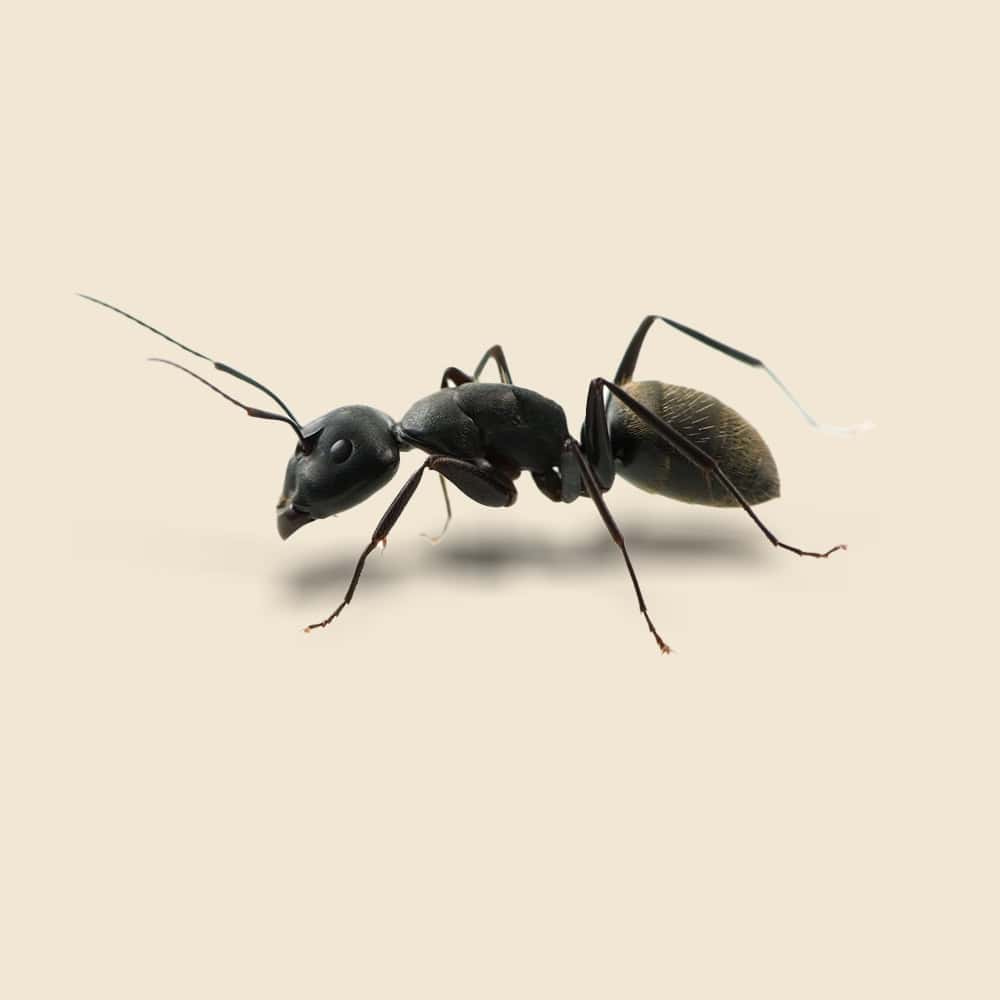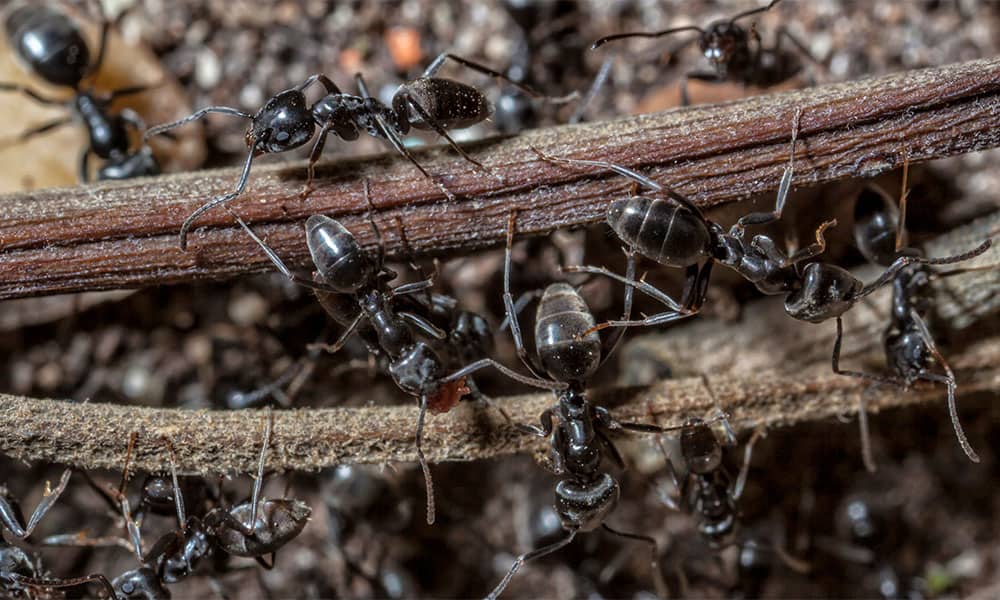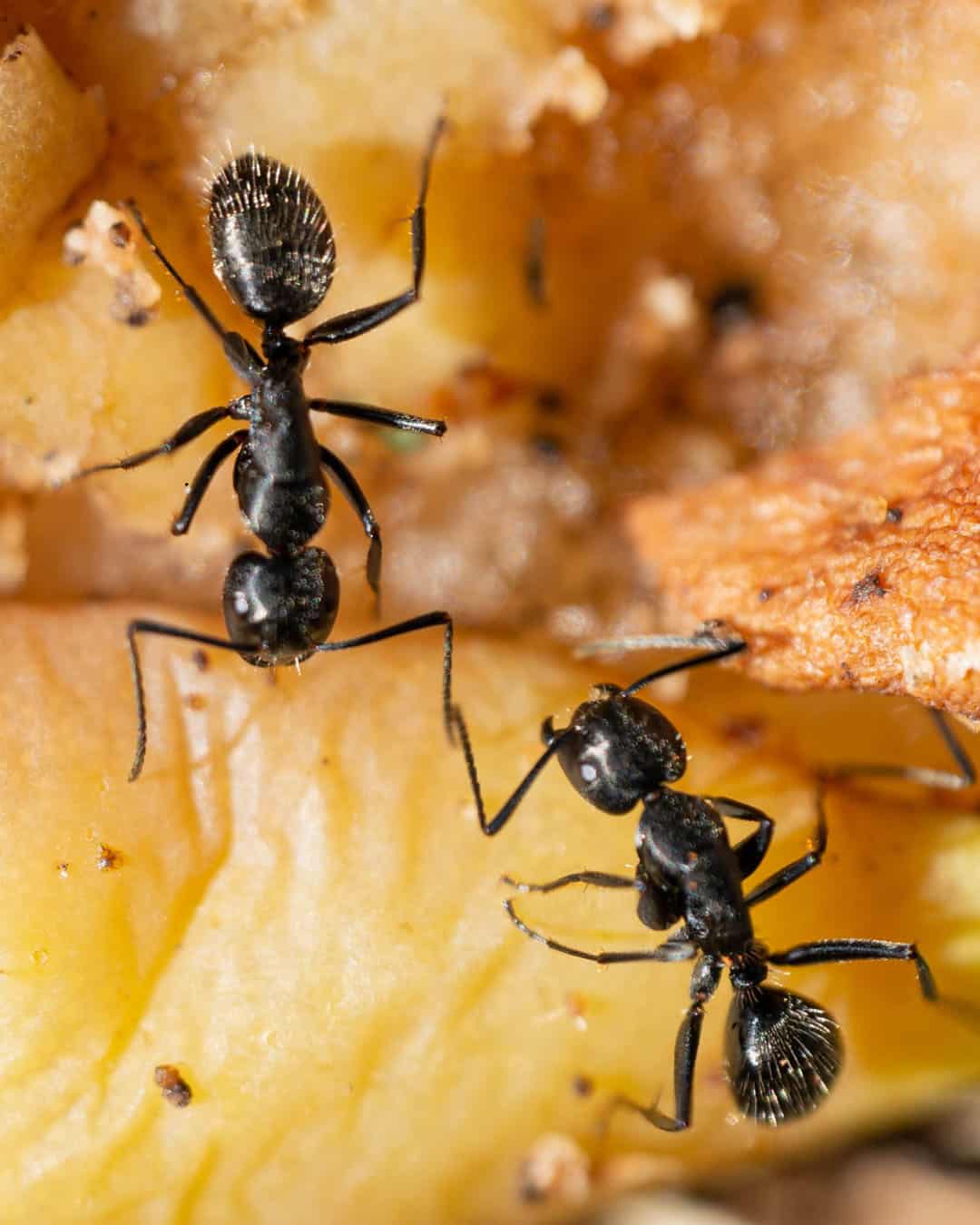Herder Ant Facts & Information
Herder ants, also known as "honeydew-harvesting ants," are fascinating yet troublesome insects that tend to cultivate aphids and other sap-feeding insects to collect honeydew, a sugary substance. While their behavior is intriguing, herder ants can contribute to the spread of plant pests and become a nuisance when they invade homes.

Lasius niger
What You Need To Know About Herder Ants
What do herder ants look like?
Herder ants, also known as Messor spp., are medium-sized ants, usually ranging from 1/4 to 1/2 inch in length. They have a robust body with a reddish-brown or black color and a noticeable, spiny thorax. Their heads are large with prominent mandibles used for cutting and carrying food. They have a smooth, shiny appearance and long, slender legs.
What do herder ants eat?
Herder ants are primarily granivorous, meaning their diet consists mainly of seeds. They forage for seeds, which they collect and transport back to their nests. They also consume other plant materials and occasionally small insects or nectar. Their diet is crucial for their role in seed dispersal and ecosystem health.
What sort of habitat do herder ants live in?
Herder ants are typically found in dry, arid environments such as deserts, grasslands, and savannas. They build their nests underground, often in sandy or loose soil. Their nests can be extensive, with multiple chambers and tunnels, providing protection from extreme temperatures and predators.
How do herder ants commonly behave?
Herder ants are known for their foraging behavior and efficient seed collection. They work cooperatively to gather and transport seeds back to their nests. They are generally non-aggressive toward humans but can become defensive if their nests are disturbed. They exhibit complex social behavior, with well-defined roles within the colony, including foragers, soldiers, and brood care workers.
Did you know this about herder ants?
Herder ants play a significant role in their ecosystems by helping with seed dispersal and soil aeration. Their nests can have a positive impact on soil structure and plant growth. An interesting aspect of their behavior is their ability to transport seeds that are much larger than their own body size, using their strong mandibles and cooperative efforts. This ability not only helps them survive but also contributes to the health and diversity of their habitat.
Understanding Herder Ant Infestations
Understanding herder ant infestations is crucial for effective management. Herder ants are small, usually ranging from 1/8 to 1/4 inch in length, with a dark brown to black appearance. They are commonly found in gardens, orchards, and greenhouses, where they "farm" aphids and other insects for honeydew. These ants protect their "livestock" from predators, helping the aphid populations thrive, which can lead to significant damage to plants. Indoors, herder ants may enter homes in search of food and water, especially during dry or cold periods.

How Hearts Handles Herder Ant Treatment
Hearts Pest Management employs an integrated pest management approach to handle Herder Ant infestations.
Herder Ant Inspection
Herder Ant Treatment
Herder Ant Prevention
Educational Resources

Think You Might Have a Herder Ant Infestation?
At Hearts Pest Control, we understand the challenges associated with Herder Ant infestations and are here to provide professional solutions tailored to your needs. Flourishing in warm and humid climates, they are prevalent in many regions, including San Diego County, Orange County, and Los Angeles County.